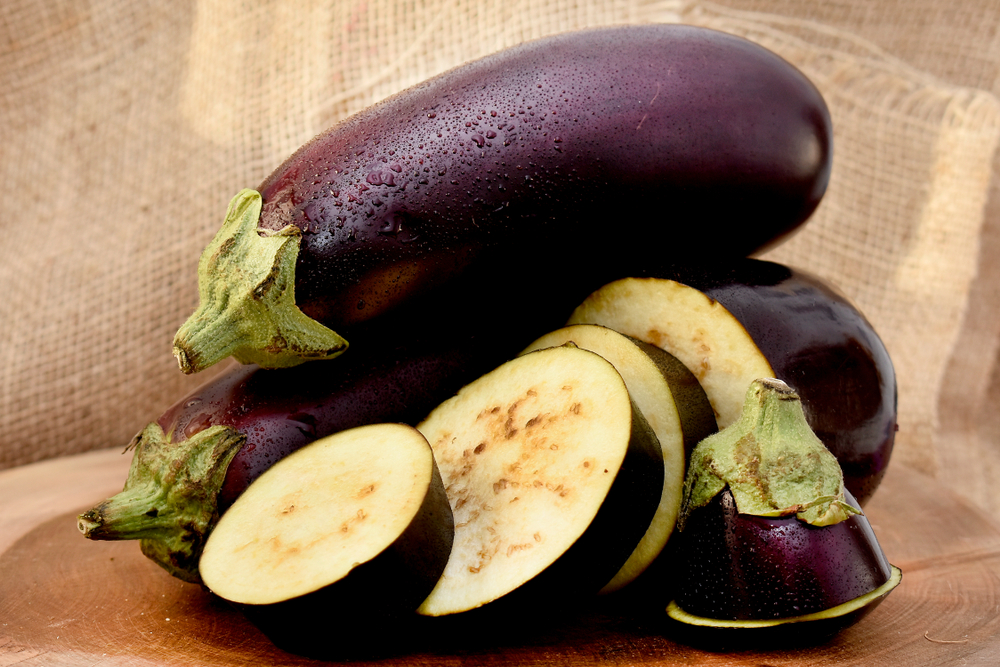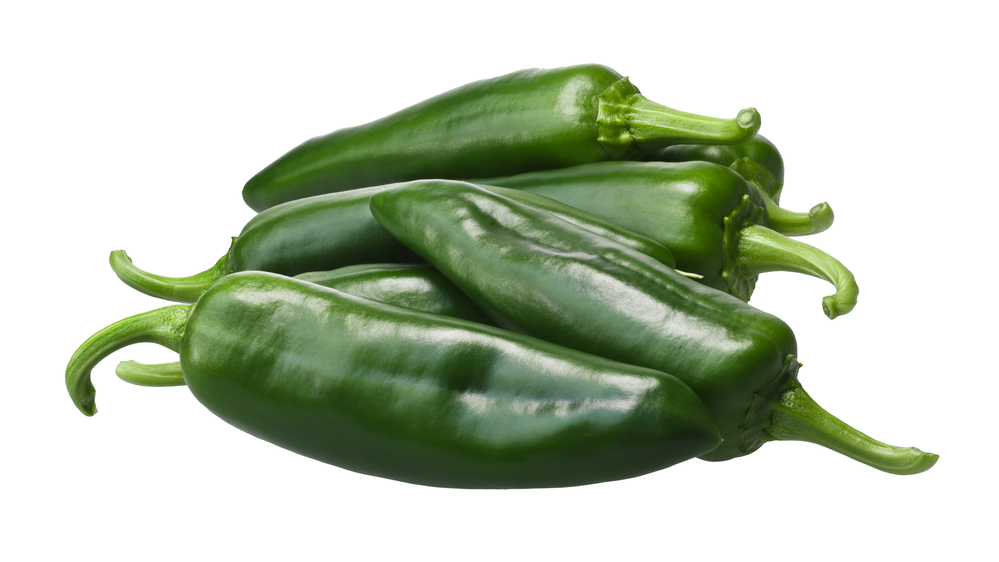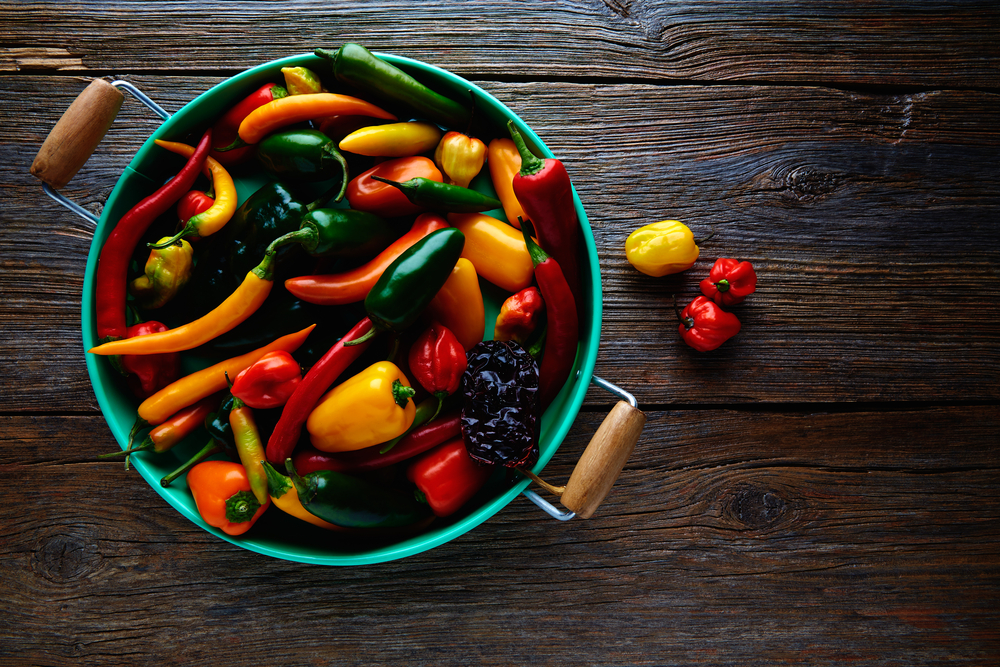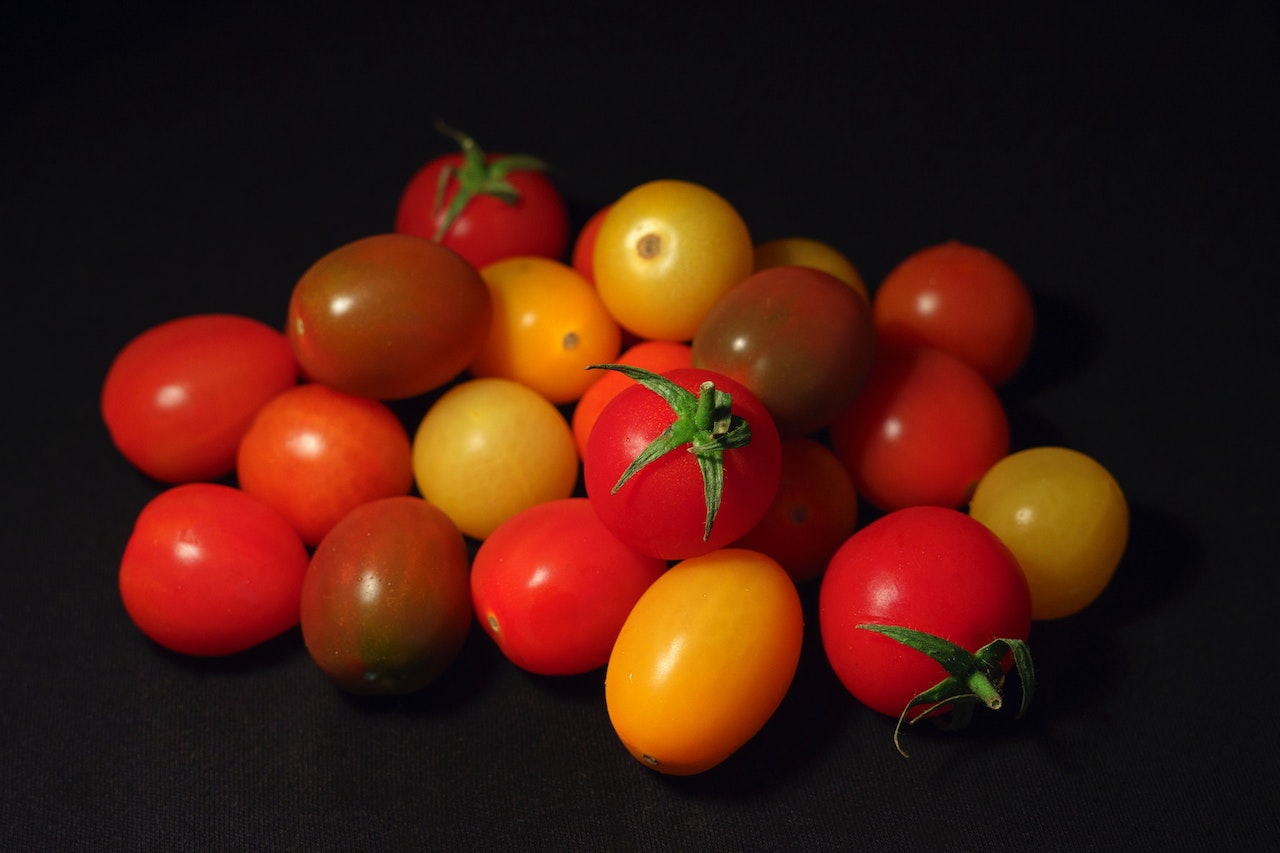Eggplant, also known as aubergine, is a versatile vegetable that has been enjoyed in various cuisines around the world.
It is a member of the nightshade family and is related to tomatoes, potatoes, and peppers. Eggplant comes in different sizes, shapes, and colors, ranging from small and round to long and slender, and from deep purple to white.
One of the most common questions people ask about eggplant is what it tastes like. Eggplant has a mild, slightly sweet flavor with a hint of bitterness. The flesh is creamy white in color and contains small, black seeds.
When cooked, eggplant becomes meltingly tender and absorbs the flavors of whatever it is cooked with. Eggplant is a nutritious vegetable that is low in calories and high in fiber, vitamins, and minerals.
It can be prepared in various ways, such as grilled, roasted, fried, or baked, and can be used as a meat substitute in vegetarian and vegan dishes.
Key Takeaways
- Eggplant has a mild, slightly sweet flavor with a hint of bitterness and becomes meltingly tender when cooked.
- Eggplant is a nutritious vegetable that is low in calories and high in fiber, vitamins, and minerals.
- Eggplant can be prepared in various ways and can be used as a meat substitute in vegetarian and vegan dishes.
Understanding Eggplant
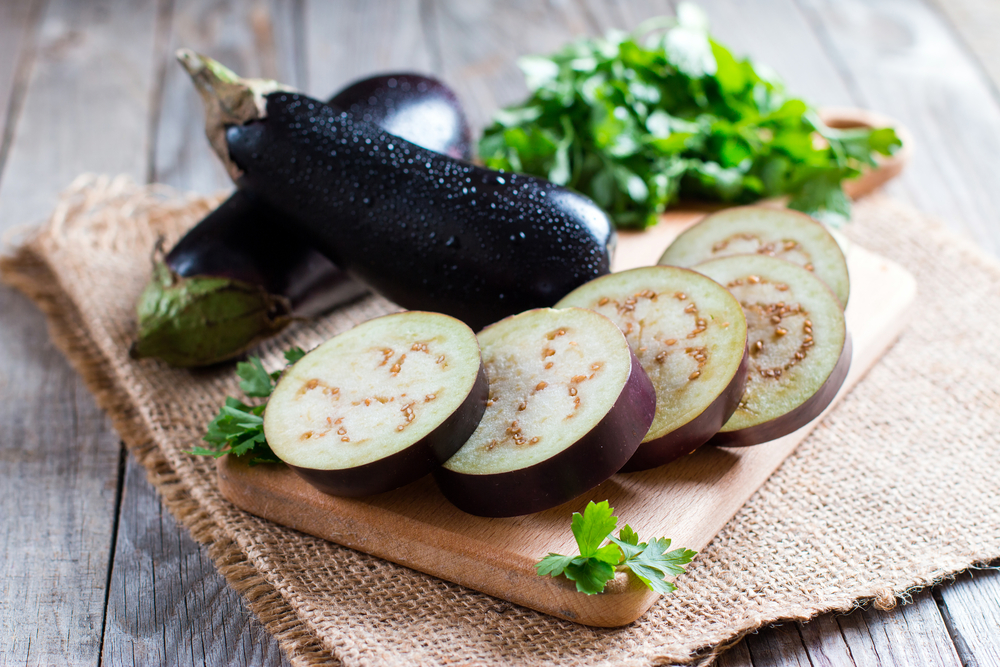
Eggplant, also known as aubergine, is a vegetable that belongs to the nightshade family, which includes other popular vegetables like tomatoes, okra, and zucchini.
Eggplants come in a variety of shapes, sizes, and colors, ranging from small globes about two inches in diameter to more oblong and tubular varietals 12 inches long or larger.
The most common varieties of eggplants are green and dark purple, but they can also be found in white, yellow, and even striped colors.
Despite being commonly referred to as a vegetable, eggplant is actually a fruit, as it grows from a flowering plant and contains seeds.
The fruit has a slightly bitter taste when raw, but when cooked, it becomes meltingly tender and absorbs the flavors of whatever it is cooked with.
Eggplant is rich in antioxidants and other nutrients such as vitamins C and K, potassium, and fiber. The skin of the eggplant is also edible and contains many of these beneficial nutrients.
However, the skin can be bitter, especially in overmatured eggplants, so it is recommended to peel the skin or choose younger eggplants with a thinner skin.
When selecting eggplants, it is important to choose ones that are firm and heavy for their size, with smooth and shiny skin. Avoid eggplants that have soft spots, bruises, or wrinkled skin, as these may be signs of spoilage or age.
Overall, eggplant has a mild, slightly sweet flavor with a hint of bitterness, and is a versatile ingredient that can be used in a variety of dishes such as eggplant parmesan, baba ganoush, and stir-fries.
The Taste of Eggplant
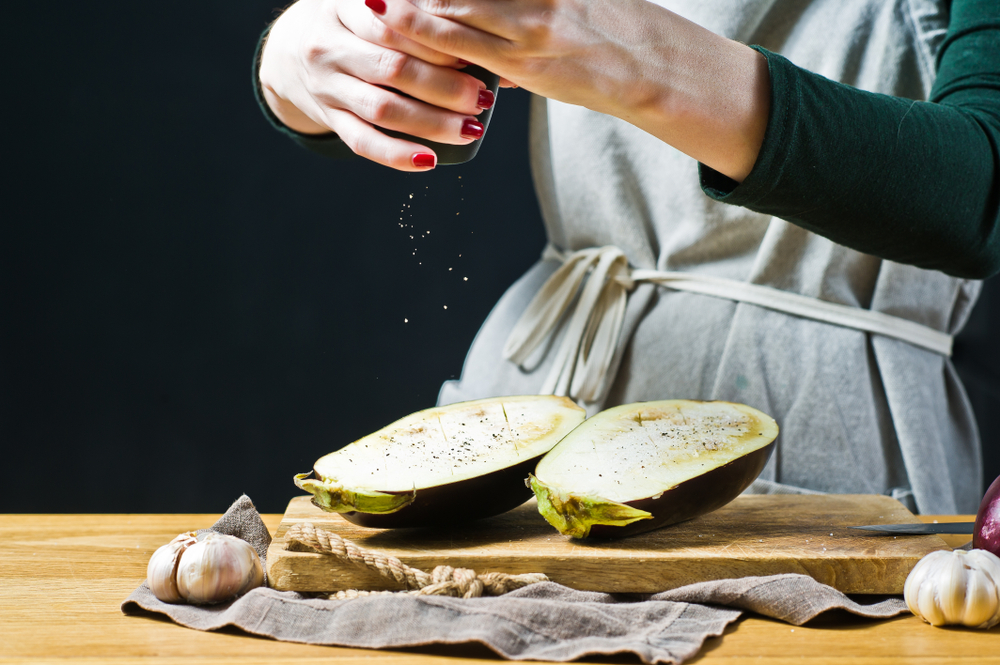
Eggplant has a unique taste that is difficult to compare to any other vegetable. The flavor profile of eggplant is mild and slightly bitter, with some people describing it as earthy or nutty.
Some others say it tastes a bit like mushrooms. The taste of eggplant can also vary depending on how it’s cooked.
When raw, eggplant has a rubbery texture and a bland, bitter taste. However, when cooked, it absorbs the flavors of other ingredients and becomes super tasty.
Eggplant is a versatile vegetable that can be cooked in many ways, such as grilling, roasting, frying, and sautéing. The cooking method can also affect the taste of eggplant.
The skin of the eggplant has a slightly bitter flavor that becomes increasingly bitter as the fruit ages. However, the skin is rich in antioxidants and is usually edible unless you are dealing with overmatured eggplants, which tend to have a bitter skin.
Eggplants have a thin skin that ranges from deep purple to glossy white, depending on the variety.
Overall, the taste of eggplant is unique and mild, with a slightly bitter flavor that can be enhanced by cooking it with other ingredients.
The taste of eggplant is not for everyone, but it is worth trying in different dishes to find out if it suits your taste buds.
The Texture of Eggplant
Eggplant has a unique texture that can be described as both tender and slightly crispy. When cooked properly, the flesh becomes extremely soft and creamy, similar to mashed potatoes.
Its texture can also be compared to that of mushrooms, with a slightly spongy feel.
The skin of the eggplant can vary depending on the variety, ranging from deep purple to glossy white. It is generally edible and rich in antioxidants, but can become increasingly bitter as the fruit ages.
Overmatured eggplants tend to have a bitter skin that is not recommended for consumption.
Eggplants have small, edible seeds that are dispersed throughout the flesh. These seeds can add a slight crunch to the texture, but are not noticeable when cooked properly.
When preparing eggplant, it is recommended to remove the stem and slice it into desired shapes before cooking.
Overall, the texture of eggplant is unique and versatile, making it a popular ingredient in many cuisines around the world.
Cooking Eggplant
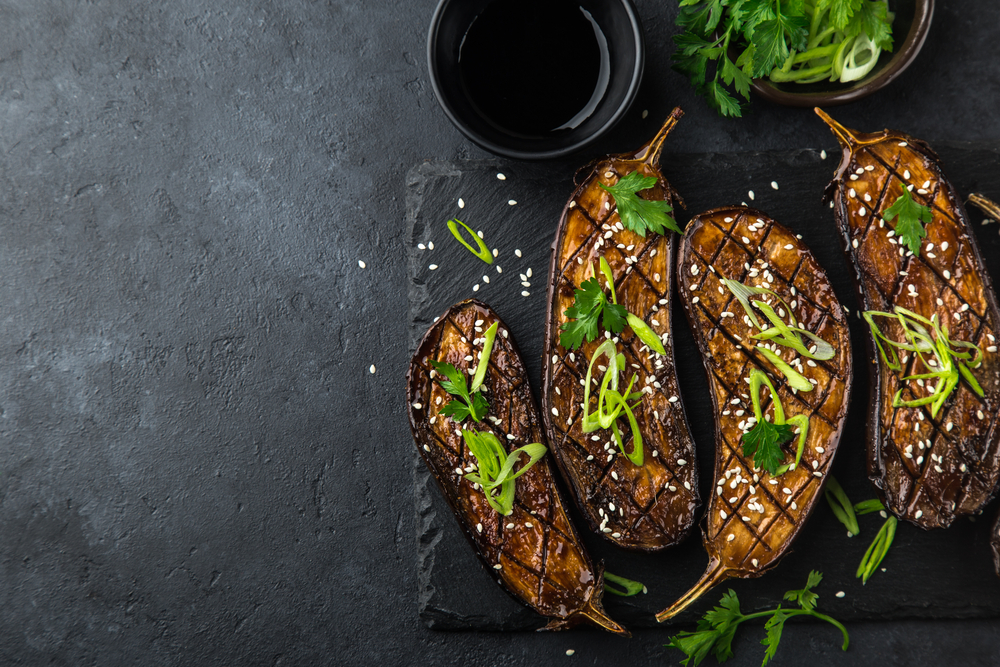
Eggplant is a versatile vegetable that can be cooked in many ways, including grilling, frying, baking, roasting, and sautéing. Each cooking method brings out a unique flavor and texture in the eggplant. Here are some tips on how to cook eggplant:
Grilled Eggplant
Grilling eggplant is a great way to achieve a smoky flavor and a tender texture. To grill eggplant, slice it into rounds or lengthwise, brush with olive oil, and season with salt and pepper.
Place the eggplant on a hot grill and cook for 3-4 minutes on each side until tender and slightly charred.
Fried Eggplant
Fried eggplant is a crispy and delicious side dish. To fry eggplant, slice it into rounds, dip in beaten egg, and coat with breadcrumbs. Heat oil in a pan and fry the eggplant until golden brown on both sides. Drain on paper towels and serve immediately.
Baked Eggplant
Baked eggplant is a healthy and easy way to enjoy this vegetable. To bake eggplant, slice it into rounds, brush with olive oil, and season with salt and pepper.
Place the eggplant on a baking sheet and bake at 400°F for 20-25 minutes until tender and lightly browned.
Roasted Eggplant
Roasting eggplant brings out a sweet and nutty flavor. To roast eggplant, slice it into rounds, brush with olive oil, and season with salt and pepper. Place the eggplant on a baking sheet and roast at 400°F for 20-25 minutes until tender and caramelized.
Sautéed Eggplant
Sautéed eggplant is a quick and easy way to cook this vegetable. To sauté eggplant, slice it into rounds or cubes, heat oil in a pan, and cook the eggplant until tender and lightly browned.
Season with salt and pepper and serve as a side dish or add to pasta dishes.
It is important to store eggplant properly to prevent it from spoiling. Store eggplant in a cool, dry place or in the refrigerator for up to a week.
To prepare eggplant, slice it into rounds or cubes, removing the stem and any tough skin. Eggplant can be used in a variety of dishes, including stews, curries, and stir-fries.
Eggplant Varieties

Eggplants come in various shapes, sizes, and colors. The most common variety is the large, glossy, and deep purple-colored eggplant, also known as the aubergine. However, there are other varieties of eggplants that differ in color, shape, and taste.
One of the most popular eggplant varieties is the Italian eggplant, which is smaller and more elongated than the typical eggplant. It has a thinner skin and a sweeter flavor, making it a popular choice for grilling and roasting.
Another variety is the white eggplant, which is a bit milder in flavor and has a creamier texture than the purple eggplant. It is commonly used in Mediterranean and Middle Eastern cuisine, where it is often roasted or fried.
The yellow eggplant is another variety that is less common but equally delicious. It has a slightly sweeter flavor than the purple eggplant and a firmer texture, making it ideal for grilling or stir-frying.
Lastly, there is the ripe eggplant, which is a variety that has been left on the vine for an extended period. It has a sweeter and milder flavor than the other varieties and is often used in stews and curries.
Overall, the different eggplant varieties offer a range of flavors and textures that can be used in a variety of dishes. Whether roasted, grilled, or fried, eggplants are a versatile ingredient that can add depth and flavor to any meal.
Eggplant in Different Cuisines
Eggplant is a versatile vegetable that is used in many cuisines around the world. It has a mild and slightly sweet taste that makes it a perfect addition to many dishes. Here are some of the ways that eggplant is used in different cuisines:
Mediterranean Cuisine
Eggplant is a staple in Mediterranean cuisine, and it is used in many dishes such as moussaka, baba ghanoush, and eggplant parmesan. In moussaka, eggplant is layered with ground meat, tomatoes, and potatoes, and then topped with a creamy béchamel sauce.
Baba ghanoush is a dip made from roasted eggplant, tahini, garlic, and lemon juice. Eggplant parmesan is a dish made from breaded and fried eggplant slices, layered with tomato sauce, mozzarella cheese, and Parmesan cheese.
Indian Cuisine
In Indian cuisine, eggplant is known as brinjal, and it is used in many dishes such as baingan bharta, aloo baingan, and bharli vangi. Baingan bharta is a dish made from roasted eggplant, mashed and then cooked with onions, tomatoes, and spices.
Aloo baingan is a dish made from eggplant and potatoes, cooked with spices and served with rice or bread. Bharli vangi is a Maharashtrian dish made from small eggplants, stuffed with a mixture of peanuts, coconut, and spices.
Asian Cuisine
In Asian cuisine, eggplant is used in dishes such as stir-fries and curries. In China, eggplant is often stir-fried with garlic, ginger, and soy sauce. In Japan, eggplant is used in dishes such as nasu dengaku, which is grilled eggplant topped with miso paste.
In Thailand, eggplant is used in dishes such as green curry, which is made with eggplant, peppers, and coconut milk.
Middle Eastern Cuisine
In Middle Eastern cuisine, eggplant is used in dishes such as musakhan, a Palestinian dish made from roasted eggplant, chicken, onions, and sumac.
Eggplant is also used in dishes such as fattoush, a salad made from tomatoes, cucumbers, peppers, and fried pita bread.
Eggplant is a versatile vegetable that can be used in many different dishes. Its mild and slightly sweet taste makes it a perfect addition to stews, soups, and casseroles.
Whether you are cooking Mediterranean, Indian, Asian, or Middle Eastern cuisine, eggplant is sure to add flavor and nutrition to your dish.
Health Benefits of Eggplant

Eggplants are a nutritious food that contains fiber, vitamins, and minerals. They are low in calories and can be a healthy addition to any diet. Here are some of the health benefits of eggplant:
Antioxidants
Eggplants are rich in antioxidants, which help protect the body from damage caused by free radicals. Free radicals are unstable molecules that can damage cells and contribute to the development of diseases such as cancer and heart disease.
The antioxidants in eggplant may help reduce the risk of these diseases.
Vitamins and Minerals
Eggplants are a good source of vitamins and minerals, including potassium, magnesium, and calcium. These nutrients are important for maintaining healthy bones and muscles. Eggplants are also high in water, which can help keep the body hydrated.
Fiber
Eggplants are a good source of fiber, which can help promote digestive health and prevent constipation. Fiber can also help lower cholesterol levels and reduce the risk of heart disease.
Weight Management
Eggplants are low in calories and high in fiber, which can help promote weight loss and weight management. They can be a nutritious addition to any diet, especially when cooked with healthy oils like olive oil.
Nutritious for All Ages
Eggplants are a nutritious food that can be enjoyed by people of all ages. They are low in calories and high in nutrients, making them a healthy choice for children and adults alike.
When choosing eggplants, it is important to look for ones that are firm and heavy for their size. They should be stored in a plastic bag in the refrigerator and used within a few days. Overall, eggplants are a nutritious and delicious addition to any diet.
Eggplant Recipes
Eggplants are a versatile vegetable that can be used in a variety of dishes. Here are a few eggplant recipes that showcase its unique flavor:
Eggplant Parmesan
Eggplant Parmesan is a classic Italian dish that is loved by many. The dish consists of breaded and fried eggplant slices that are topped with tomato sauce, mozzarella cheese, and Parmesan cheese.
The dish is then baked until the cheese is melted and bubbly. This dish is perfect for a cozy night in or for entertaining guests.
Baba Ghanoush
Baba Ghanoush is a Middle Eastern dish that is made with roasted eggplant, tahini, garlic, and lemon juice. The ingredients are blended together until smooth and creamy.
This dish is perfect as a dip for vegetables or pita bread, or as a spread for sandwiches.
Eggplant Stir-Fry
Eggplant can also be used in stir-fries. The vegetable is sliced into thin rounds and stir-fried with other vegetables such as bell peppers, onions, and mushrooms.
The dish is seasoned with soy sauce, ginger, and garlic for added flavor.
Ratatouille
Ratatouille is a French vegetable stew that is made with eggplant, zucchini, bell peppers, onions, and tomatoes. The vegetables are cooked in a tomato-based sauce and seasoned with herbs such as thyme and rosemary. This dish is perfect for a hearty and healthy meal.
Eggplant Curry
Eggplant can also be used in curries. The vegetable is cooked with other ingredients such as onions, tomatoes, and potatoes in a curry sauce that is flavored with spices such as cumin, coriander, and turmeric. This dish is perfect for a cozy night in or for entertaining guests.
Eggplant is a versatile vegetable that can be used in a variety of dishes. Whether you’re making Eggplant Parmesan or Baba Ghanoush, this vegetable is sure to add a unique flavor to your dish.
Storing and Choosing Eggplants
When it comes to choosing eggplants, the first thing to consider is the ripeness. A ripe eggplant should have a smooth and shiny skin, and feel heavy for its size.
The skin should be firm to the touch, and when you press it gently, it should bounce back. Avoid eggplants that have soft spots or bruises, as they are likely past their prime and may not taste as good.
Once you have selected the right eggplant, it’s important to store it properly to keep it fresh. Eggplants are sensitive to ethylene gas, which is produced by some fruits and vegetables, such as apples, bananas, and tomatoes.
So, it’s best to store them away from these items to prevent them from spoiling quickly.
If you’re going to eat your eggplant within a day or two, you can store it at room temperature. Just keep it away from direct sunlight and make sure to use it before it starts to spoil.
However, if you’re not planning to use your eggplant right away, it’s best to store it in the refrigerator to keep it fresh for longer.
To store eggplants in the refrigerator, wrap them in a paper towel and place them in a plastic bag or container.
This will help absorb any excess moisture and prevent the eggplant from getting soggy. Make sure to use the eggplant within a week of refrigerating it to ensure the best taste and texture.
If you have an excess of eggplants and want to store them for longer, you can freeze them. To freeze eggplants, slice them into small pieces and blanch them in boiling water for a few minutes.
Then, drain the eggplant and let it cool down before placing it in a freezer-safe bag or container. Frozen eggplants can last up to a year when stored properly.
In summary, choosing a ripe eggplant and storing it properly is key to ensuring the best taste and texture. Keep them away from ethylene-producing fruits and vegetables, store them in the refrigerator or freezer if you’re not going to use them right away, and use them before they start to spoil.
Frequently Asked Questions
What are some popular ways to cook eggplant?
Eggplant is a versatile vegetable that can be cooked in various ways. Some popular ways to cook eggplant include grilling, roasting, sautéing, and frying.
Grilling and roasting eggplant can bring out its natural sweetness and smoky flavor, while sautéing and frying can give it a crispy texture. Eggplant can also be used to make dips, stews, curries, and casseroles.
Can eggplant be used as a meat substitute?
Eggplant can be a great meat substitute in vegetarian and vegan dishes. Its meaty texture and ability to absorb flavors make it a popular ingredient in dishes like eggplant parmesan, eggplant lasagna, and eggplant burgers.
However, eggplant does not provide the same amount of protein as meat, so it is important to pair it with other protein sources in a balanced diet.
What are the health benefits of eating eggplant?
Eggplant is a low-calorie vegetable that is high in fiber, vitamins, and minerals. It is a good source of antioxidants, which can help protect the body against cell damage and inflammation.
Eating eggplant may also help lower cholesterol levels, improve heart health, and aid in digestion.
How can I make eggplant taste good?
Eggplant can have a bitter taste if not prepared properly. To make eggplant taste good, it is important to remove the bitter compounds by salting and draining the eggplant before cooking.
Eggplant can also be marinated in olive oil and vinegar to enhance its flavor. Adding herbs and spices like garlic, basil, and oregano can also help make eggplant taste delicious.
What dishes pair well with eggplant?
Eggplant pairs well with a variety of dishes, including pasta, rice, quinoa, and salads. It can also be served as a side dish with grilled meats or used as a topping for pizza.
Eggplant can be combined with other vegetables like tomatoes, zucchini, and bell peppers to make a flavorful ratatouille.
What is the texture of cooked eggplant?
Cooked eggplant has a soft and creamy texture with a slightly chewy skin. The texture can vary depending on the cooking method used.
Grilled and roasted eggplant can have a smoky and tender texture, while sautéed and fried eggplant can be crispy on the outside and tender on the inside.




